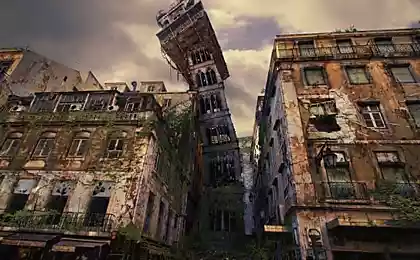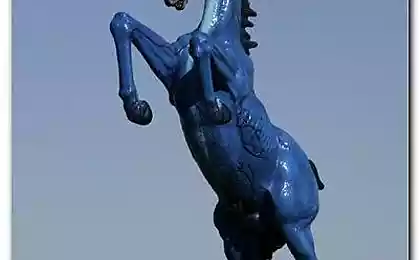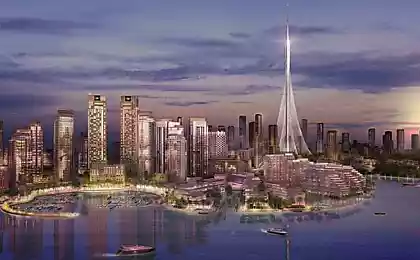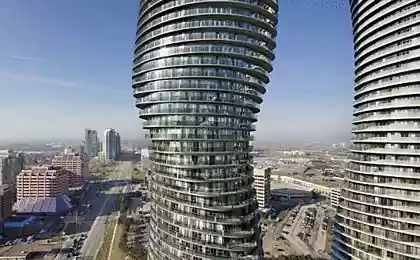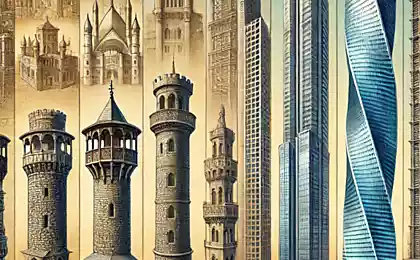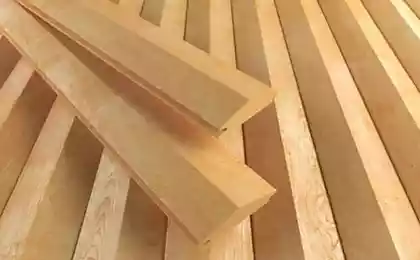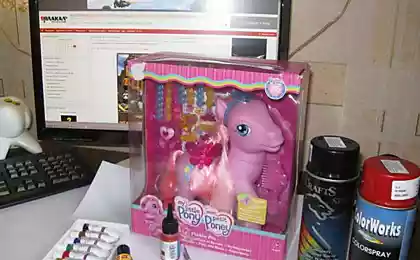117
Technology that will save you from the Apocalypse
NASA research has shown that our industrial world will collapse in the coming decades due to overconsumption of resources. In Paris, for example, urgent measures are already being taken to reduce harmful emissions into the environment, scientists are sounding the alarm, as the air of the city is polluted to dangerous levels. Global hunger is closer than we think – climate change could affect food production soon.
Below are some technologies that could save us from death.
If you want to know what the post-apocalyptic world will be like, then take a look at Urban Jungle Street View – an app created by a Swedish programmer – choose any location and admire the landscapes of the post-apocalypse. Of course, this application will not save humanity from destruction, but at least it will make us think about something.
Small Tula Street, Moscow.
The US Navy announced the launch of a project to deliver solar energy from space. Two modules were presented that will concentrate sunlight on the satellite, and the satellite will be able to direct this energy to a receiver on the surface of our planet.
How do you conserve solar energy? Tesla has already told about its plans to build a “gigafactory” for the production of lithium-ion batteries. That would take $5 billion and five years of work. Tesla expects to produce more batteries in 2020 than the world did in all of 2013. It should be noted that the cost of batteries will decrease by a third, and this, in turn, will reduce the cost of electric cars Tesla.
Students at the University of Helsinki don’t sit idly by, they design their own cars. Only in this case, we are not talking about an electric car, but about a car in which plastic will be replaced with biomaterials, for example, wood.
And Kolelinia Lab has developed a “semi-bike” that will save its owner from having to stand in traffic. It's fun to jump on.
3D printing has become a trend in our time. 3D technology can change everything, even building buildings. Architects from DUS have printed an entire house in Amsterdam.
This is part of the facade of the building. Details will be printed from various materials.
For construction will use a huge 20-foot printer Kamermaker.
Colombians have created the tallest living wall in the world. Plants that grow on a wall almost a hundred meters high will not be able to deflate even the strongest hurricane.
It is the turn of hurricanes that are raging more and more often on Earth. One Facebook employee spent two years building a capsule. It began work after the Fukushima disaster in the spring of 2011. Chris Robinson met his wife in Fukushima, so this place is sacred to him. Chris built a tsunami capsule in the yard of his home in California.
Below is a picture of a building that might be in Los Angeles. It should unite several areas of the city. The developers described their project as an “architectural organism” through which people will abandon cars – because inside the building all the necessary infrastructure will be located very close to your apartment.
The Koreans showed a wooden skyscraper that can be built without a single nail.
Vertical station. Imagine how much space you can save if the trains are upright! Inside the trains will be special compartments that will rotate so that the ground is always underfoot.
We all know about photosynthesis and how it works. But on average, plants use only 10 percent of the sunlight they receive. This interested engineers and biochemists from the Massachusetts Institute of technology. They want to grow more efficient plants, so they add carbon tubes to plant chloroplasts to capture wavelengths of light they cannot absorb.
Source: zeleneet.com
Below are some technologies that could save us from death.
If you want to know what the post-apocalyptic world will be like, then take a look at Urban Jungle Street View – an app created by a Swedish programmer – choose any location and admire the landscapes of the post-apocalypse. Of course, this application will not save humanity from destruction, but at least it will make us think about something.
Small Tula Street, Moscow.
The US Navy announced the launch of a project to deliver solar energy from space. Two modules were presented that will concentrate sunlight on the satellite, and the satellite will be able to direct this energy to a receiver on the surface of our planet.
How do you conserve solar energy? Tesla has already told about its plans to build a “gigafactory” for the production of lithium-ion batteries. That would take $5 billion and five years of work. Tesla expects to produce more batteries in 2020 than the world did in all of 2013. It should be noted that the cost of batteries will decrease by a third, and this, in turn, will reduce the cost of electric cars Tesla.
Students at the University of Helsinki don’t sit idly by, they design their own cars. Only in this case, we are not talking about an electric car, but about a car in which plastic will be replaced with biomaterials, for example, wood.
And Kolelinia Lab has developed a “semi-bike” that will save its owner from having to stand in traffic. It's fun to jump on.
3D printing has become a trend in our time. 3D technology can change everything, even building buildings. Architects from DUS have printed an entire house in Amsterdam.
This is part of the facade of the building. Details will be printed from various materials.
For construction will use a huge 20-foot printer Kamermaker.
Colombians have created the tallest living wall in the world. Plants that grow on a wall almost a hundred meters high will not be able to deflate even the strongest hurricane.
It is the turn of hurricanes that are raging more and more often on Earth. One Facebook employee spent two years building a capsule. It began work after the Fukushima disaster in the spring of 2011. Chris Robinson met his wife in Fukushima, so this place is sacred to him. Chris built a tsunami capsule in the yard of his home in California.
Below is a picture of a building that might be in Los Angeles. It should unite several areas of the city. The developers described their project as an “architectural organism” through which people will abandon cars – because inside the building all the necessary infrastructure will be located very close to your apartment.
The Koreans showed a wooden skyscraper that can be built without a single nail.
Vertical station. Imagine how much space you can save if the trains are upright! Inside the trains will be special compartments that will rotate so that the ground is always underfoot.
We all know about photosynthesis and how it works. But on average, plants use only 10 percent of the sunlight they receive. This interested engineers and biochemists from the Massachusetts Institute of technology. They want to grow more efficient plants, so they add carbon tubes to plant chloroplasts to capture wavelengths of light they cannot absorb.
Source: zeleneet.com
Anti-anxiety drugs and sleeping pills linked to risk of death
Smart home from Honda will provide energy not only themselves, but also the electric car owner
